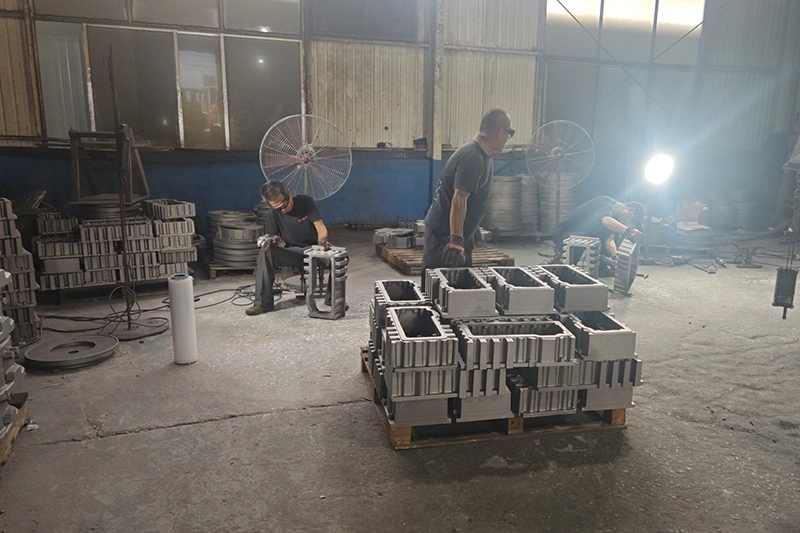Investment casting uses expendable molds to create precise metal parts, with four main types offering different advantages. The methods include:

Ceramic shell investment casting represents the most common form of investment casting used today.
This method centers on the construction of a robust ceramic shell around a disposable pattern, which is typically made of wax or, increasingly, 3D-printed resins or waxes.
The process involves repeatedly immersing (dipping) the pattern assembly (tree) into a ceramic slurry. After each dip, the wet pattern is stuccoed with coarser refractory particles. Each layer is then allowed to dry thoroughly before the next is applied. This sequence is repeated until a self-supporting shell of a predetermined thickness, usually ranging from 5 to 15 mm (0.2 to 0.6 inches), is achieved.
Once the shell is complete and fully dried, the pattern material is removed. This is commonly done by placing the shell in an autoclave where steam and pressure melt out the wax, or in a furnace where the pattern is burned out.
The empty ceramic shell is then fired at high temperatures, often between 870 °C and 1095 °C (or approximately 982°C as noted in ), to sinter the ceramic particles, develop high-temperature strength, and eliminate any residual pattern material, thus preparing it for the introduction of molten metal.
Plaster mold investment casting represents a distinct category, primarily utilized for casting non-ferrous alloys with lower melting points. It employs gypsum-based investment materials to form a solid or block mold around the pattern.
In this variant of investment casting, patterns, which are often made of wax or other materials suitable for lower temperature burnout, are typically placed within a container or “flask.” A plaster-based investment slurry is then prepared and poured around the pattern(s) within the flask, completely encasing them. Once the plaster sets and hardens, it forms a solid block mold.
The pattern is subsequently removed from this hardened plaster mold. Given the nature of plaster binders and the lower melting points of the alloys typically cast, this removal is usually achieved by melting or burning out the pattern at temperatures significantly lower than those used for firing ceramic shells.
After pattern removal, the plaster mold is carefully dried or baked in an oven to eliminate all residual moisture and develop sufficient strength to withstand the thermal and mechanical stresses of metal pouring.
Water glass investment casting, also known as sodium silicate casting. This process employs sodium silicate (Na2SiO3), an alkaline aqueous solution, as the primary binder. The slurry typically exhibits a higher pH, generally in the range of 11.5 to 12.5, and often has a higher solids content compared to silica sol slurries.
Workers coat wax patterns with layers of water glass slurry and sand, typically requiring fewer coats than other methods. The key difference from other investment casting methods lies in the dewaxing process – instead of using an autoclave, manufacturers submerge the molds in hot water. The wax melts and floats to the surface, where it can be skimmed off and recycled.
This process utilizes colloidal silica as the binder. Colloidal silica is a stable dispersion of fine, amorphous, nonporous, and typically spherical silica (SiO2) particles in a liquid phase, usually water. These sols are often near-neutral in pH. The setting mechanism for silica sol binders is primarily through gelation, which occurs as water evaporates from the slurry, causing the silica particles to aggregate and form a continuous network of Si−O−Si bonds.
The silica sol process follows similar steps to other investment casting methods but uses silica sol mixed with zircon sand to create the ceramic shell. This combination can withstand temperatures up to 2000°C, making it ideal for high-temperature alloys, stainless steels, and specialty metals. The fine-grained nature of silica sol creates shells with superior surface finish and allows for extremely thin wall sections.

